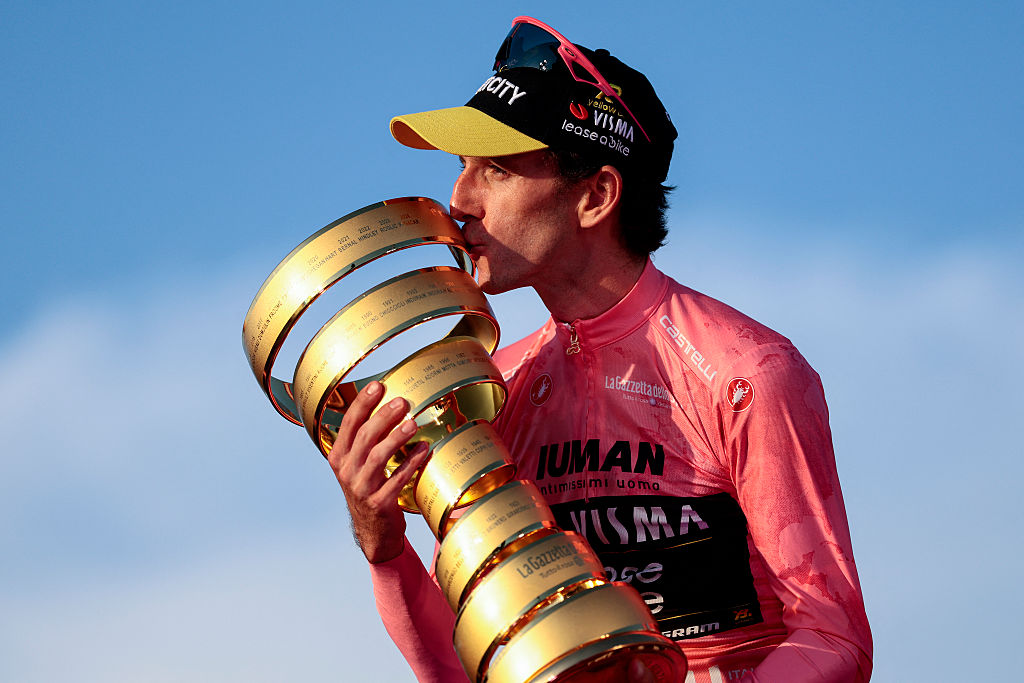Best flat road bike pedals 2025: 12 options if you don't want to go clipless
Twelve of the best flat road bike pedals ideal for commuting, road riding and more
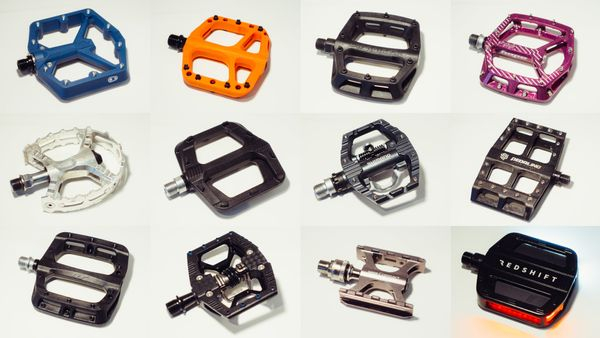
New bikes—more often than not—tend to come with basic, low-quality pedals that manufacturers expect you'll upgrade. For road bikes, many riders opt for clipless systems that attach your shoe to the pedal. Of course, this doesn't suit every rider's taste and a set of the best flat road bike pedals is becoming an increasingly popular alternative.
Many of the best road bike pedals and gravel pedals are clipless, and designed to aid power delivery with a focus on overall weight, stack height, and platform size. But not everyone needs ultimate efficiency and the ideal choice comes down to your individual needs and preferences as a rider.
With that in mind, I've picked 12 options that should cover all bases. Many are mountain bike pedals, but that doesn't mean you can't use them on the road, while others feature lights, or are easily removable for storage if you have a folding bike. As ever, I've tried to answer any burning questions that may arise at the bottom of the page if you need a little direction.
Best flat road bike pedals - our picks
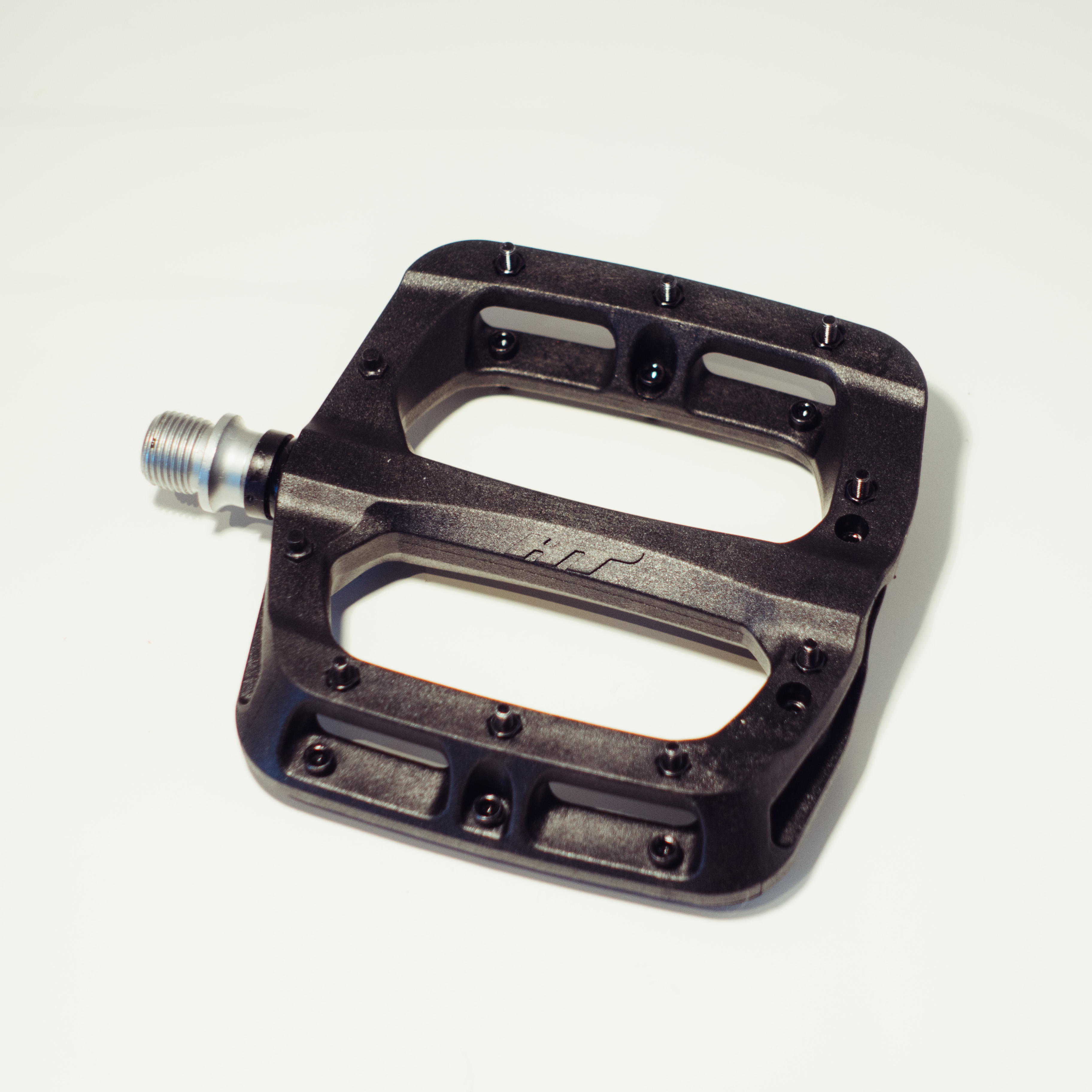
➕ Grippy
➕ Affordable
➖ Not all pins are replaceable
HT's PA03-A strikes the perfect balance: it's large without being cumbersome and lightweight without sacrificing durability. The pedals feature 2 in-mould grip pins and 8 steel replaceable pins so you can fine tune the grip to your preference. The slim, 18mm glass-reinforced nylon composite body material makes these pedals remarkably durable and lightweight—ideal for any type of cycling.
If you're looking for a budget-friendly, jack of all trades to see you through road, gravel, commuting and MTB, then these pedals should be at the top of your list. The pedal shape is good and concave too, which is my preference, and locks your feet in place.
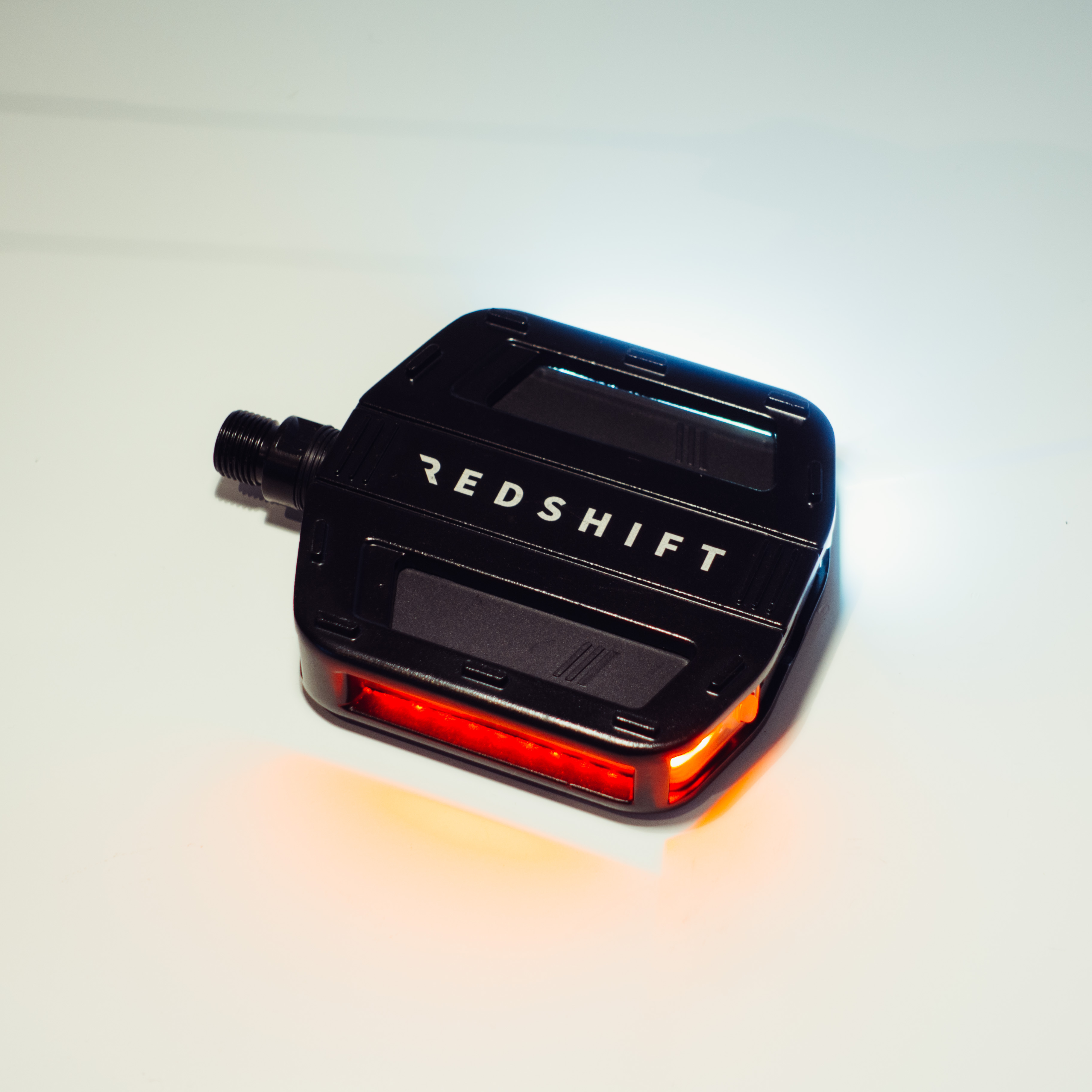
➕ Highly visible
➕ Won't damage shoes
➖ High RRP
If you're looking to upgrade your commuter bike pedals then the Redshift Arclight could be for you. While they're on the heavier side and the grip won't rival top MTB options, they offer game-changing visibility for commuters. The Arclight Pedals claim to amplify your biological motion, making you up to 57% more visible than standard bike lights. In place of the traditional amber reflectors, Redshift has swapped in a pair of modular lighting bars that automatically swap from white to red depending on the orientation of the pedal, and they're removable for recharging in a handy dock.
We think these are a fantastic option for commuters cycling home in the dark.
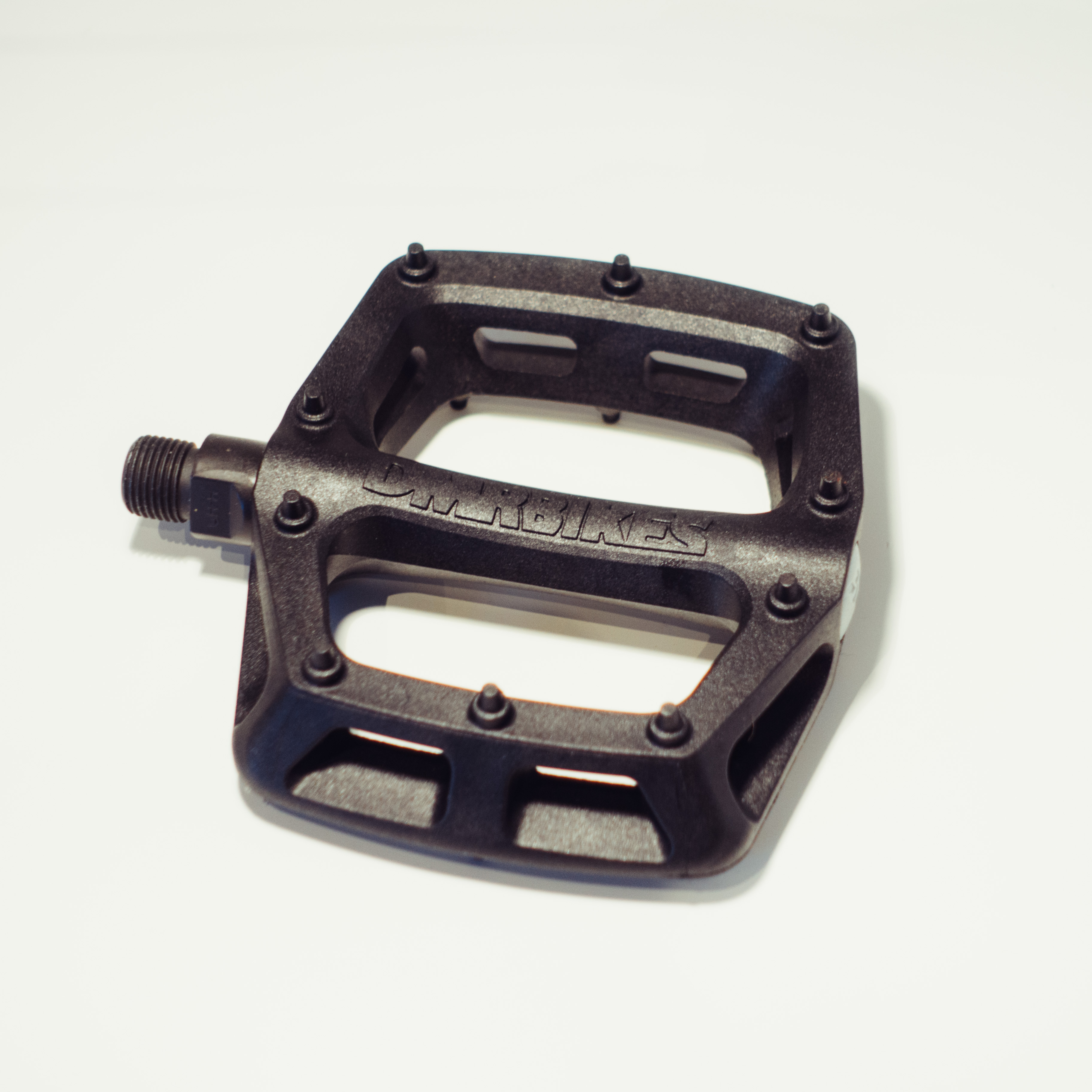
➕ Low RRP
➕ Many colours
➖ Bearings not the best
If you're simply looking for an affordable yet reliable option, then this is it. The DMR V6 has been the go-to budget pedal for years and the design has been more or less unchanged. While it shares the same body as the more premium V8 and V12, the build here is a durable nylon plastic, including the pins. At 97mm x 102mm, the platform size is a tad smaller than the HT option, and the bearings are not so smooth or durable either. That said, if price is your number one priority then you could definitely do a whole lot worse.
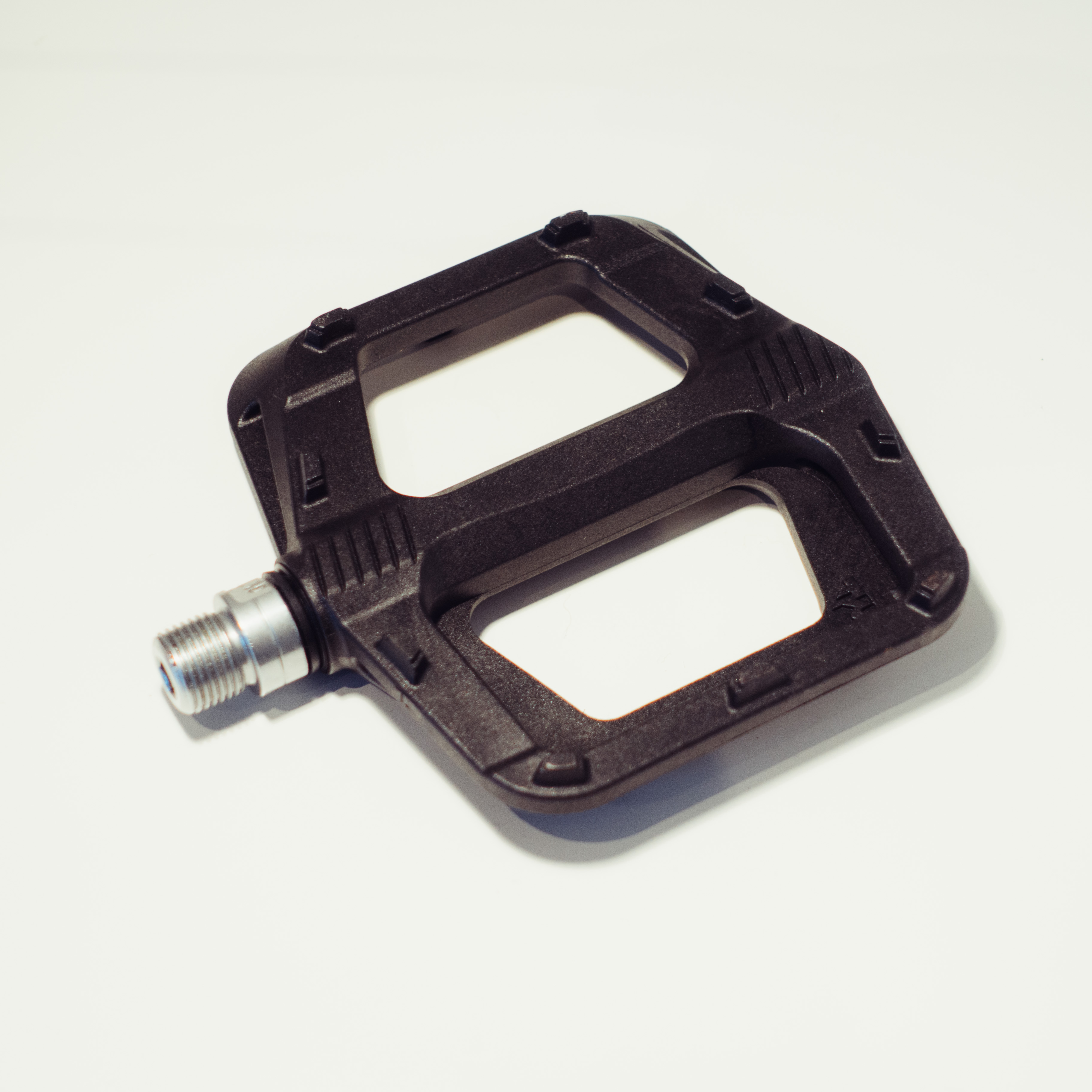
➕ Blocks, not pins
➕ Many colours
➖ Not as grippy as pins
Flat pedals, especially MTB pedals, aren't always kind to your shoes. Pins provide excellent grip to keep you secure on bumpy terrain, but they can quickly erode your shoe soles if you're not wearing appropriate footwear. The Ride from Race Face takes its standard MTB body shape but replaces the pins with 9 SHCS hex rectangular blocks on each pedal. This tweak slightly reduces grip but it significantly extends the life of your work shoes.
We think the Race Face Ride's are a great option for those looking for a solid, long-lasting pedal that doesn't destroy the soles of your shoes.
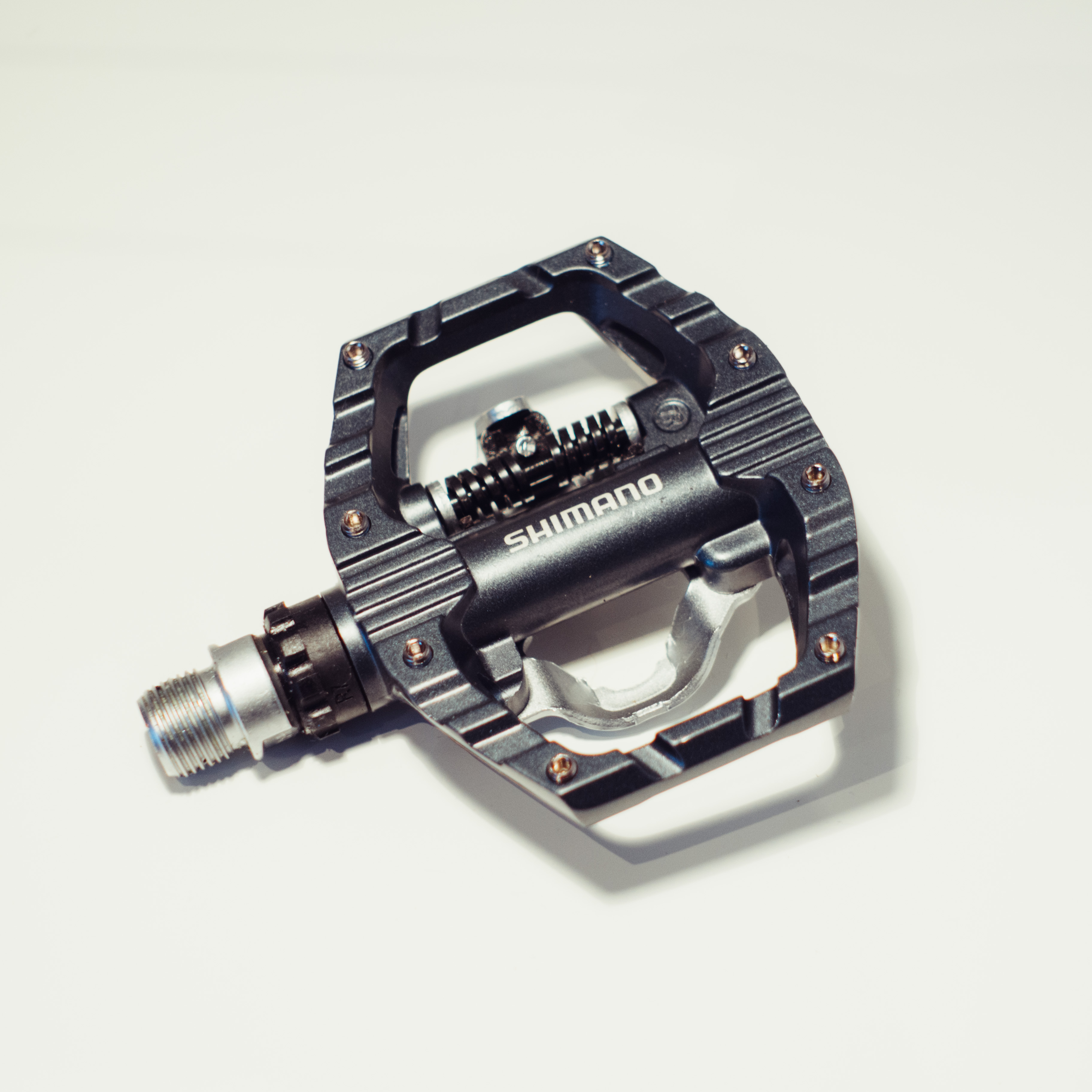
➕ Reversible
➕ Relatively low RRP
➖ Platform not as big as Double Shot
Featured in my guide on the best gravel pedals, this option is ideal if you want the freedom to use cleats sometimes and normal shoes the rest of the time. In my testing, the internals are excellent—nearly bombproof—and given the widespread use of the Shimano SPD system, it's likely the choice you'll make if you're already using cleats on your other bikes. The similar Crank Brothers system, the Double Shot, does have a slightly larger platform though, but there's not a great deal in it.
All in all, these are user-friendly, durable and fairly priced dual-platform pedals.
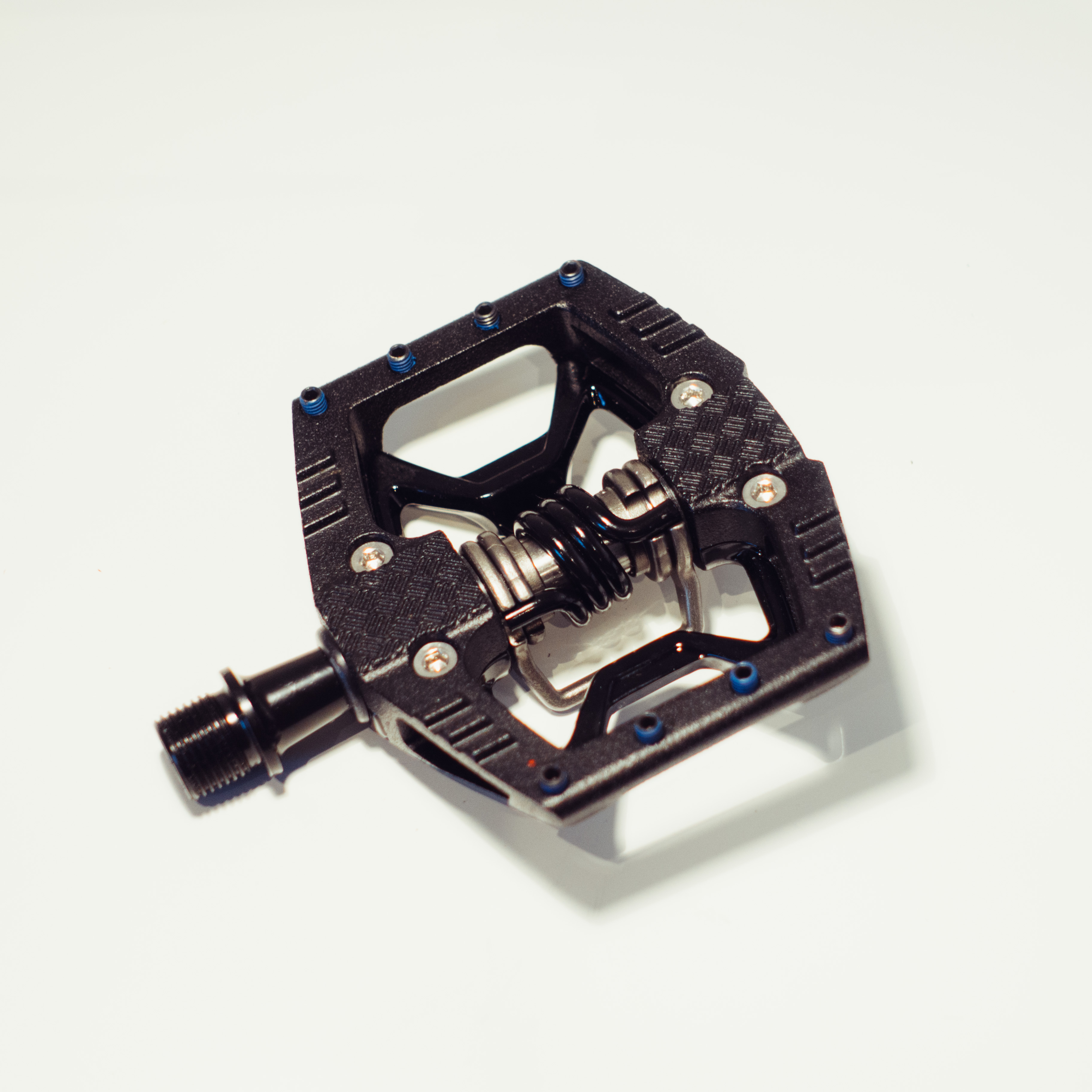
➕ Bigger platform
➕ Tiered performance levels
➖ Less common system
Conceptually, these are identical to the Shimano option. These pedals feature a dual-sided design: one flat platform on one side and a Crank Brothers cleat on the other. You can pick your performance level, with the '1' being all plastic, '2' being half metal, and the '3' (here) adding replaceable pins. While you do get a bigger platform than the Shimano system, the trade-off is that the cleat system is less commonly used and therefore less compatible. If you're starting from scratch that's not really a problem.
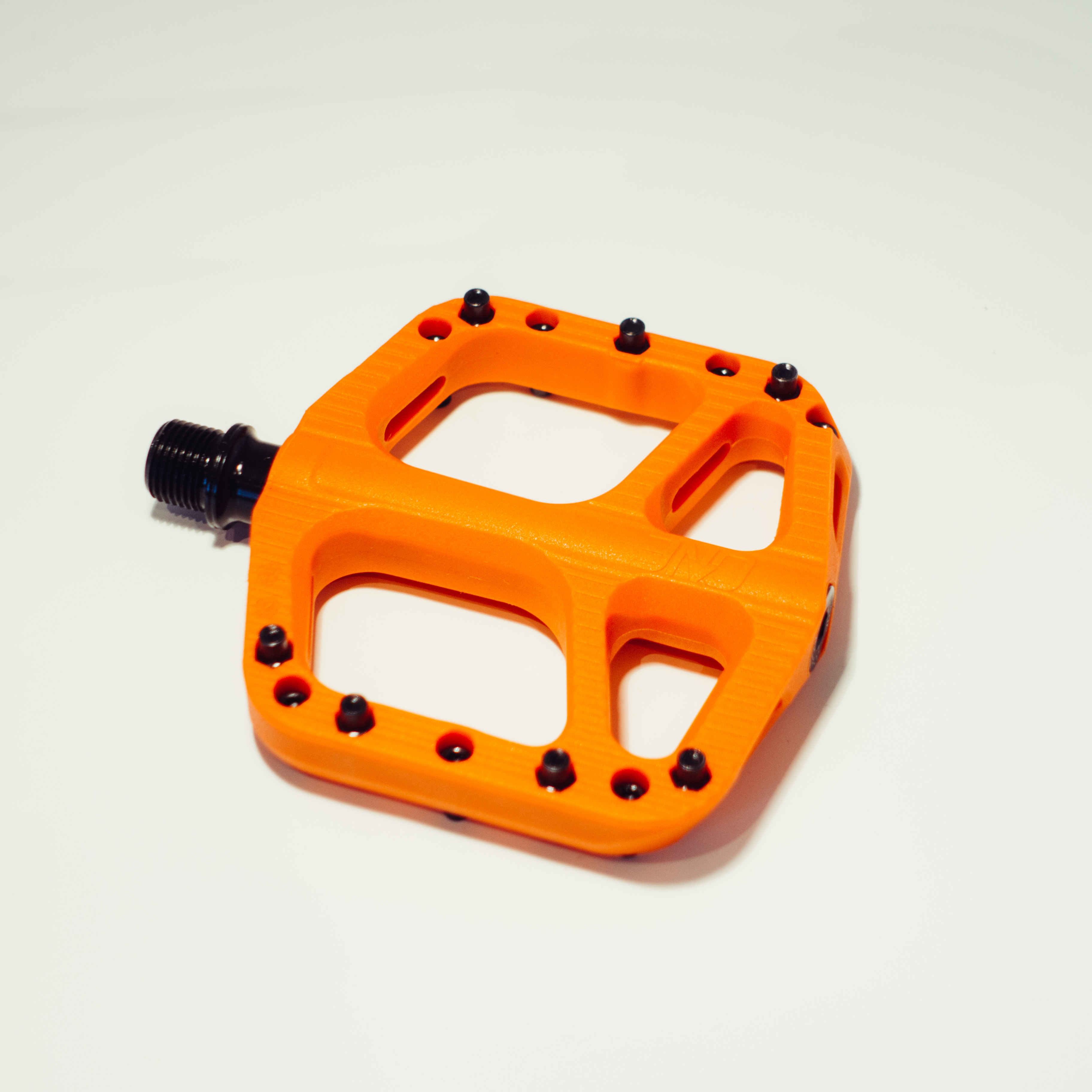
➕ Smaller platform
➕ Wide pins don't hurt shoes
➖ Convex shape
In the flat pedal world, an arms race has emerged as brands continually design larger pedals to deliver more grip and greater stability. This is all well and good but it has resulted in pedals that are cumbersome for riders with smaller feet. Fortunately, OneUp Components has considered this and released their Composite pedals with a 'small' version too. Aside from catering for smaller feet, there are 10 pins per pedal, which are broader to minimise wear and tear to your shoes. My only qualm is the convex shape (the body slopes downwards away from the centre), but that's just a personal preference.
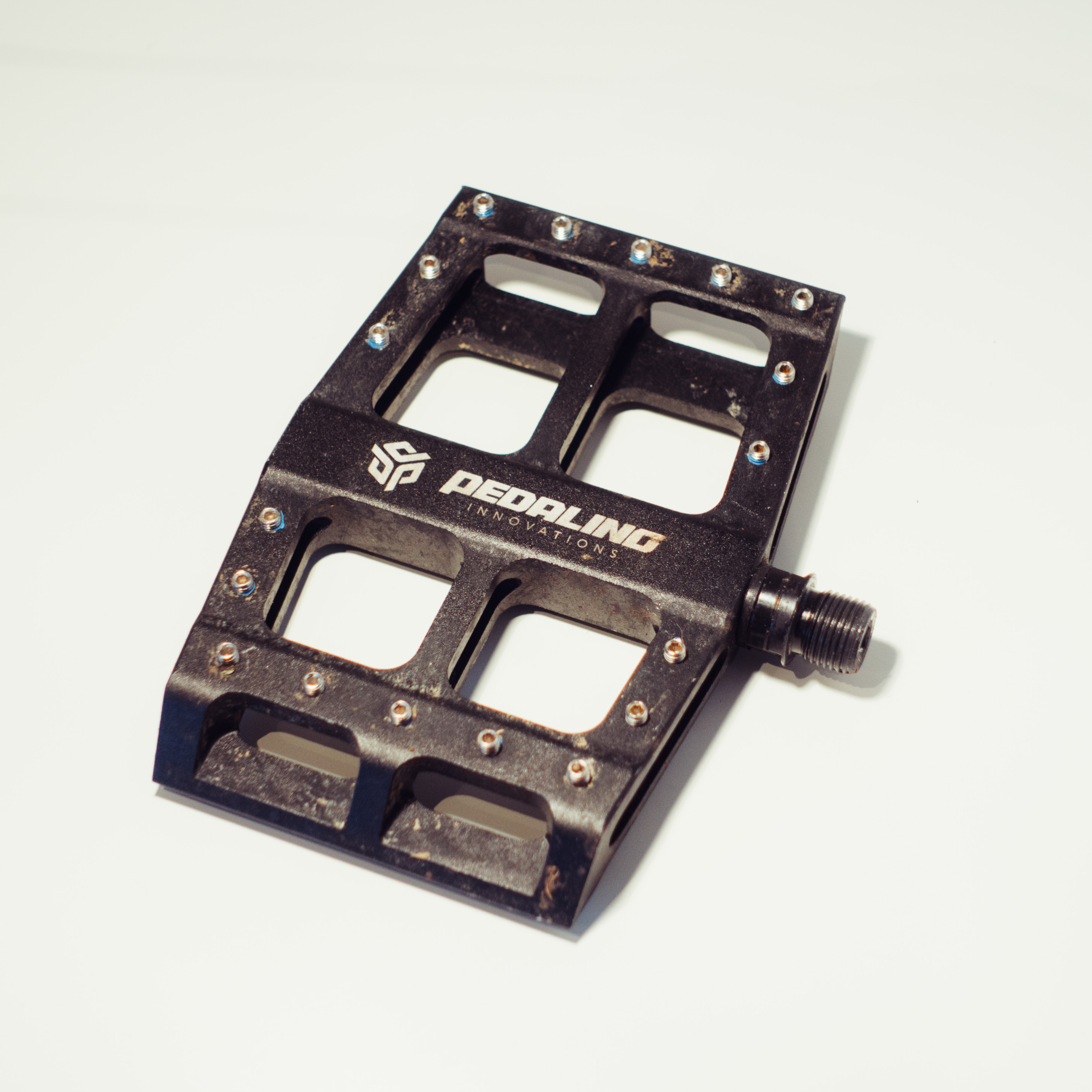
➕ Massive platform
➕ Mid-foot position
➖ High RRP
There's a trend in road cycling to shift your cleats rearwards but this is difficult with flat road bike pedals that are designed to be used on the ball of your foot. Thanks to the size of Pedalling Innovation's Catalyst pedals, you can place the pedal spindle in a more central position. Weighing 505g/pair, they're definitely heavier and a little unorthodox compared to other pedals, but the stability they provide is remarkable. The 10 pins per side are adjustable, and I recommend making those at the front and rear a little longer to make the pedal feel a little more concave.
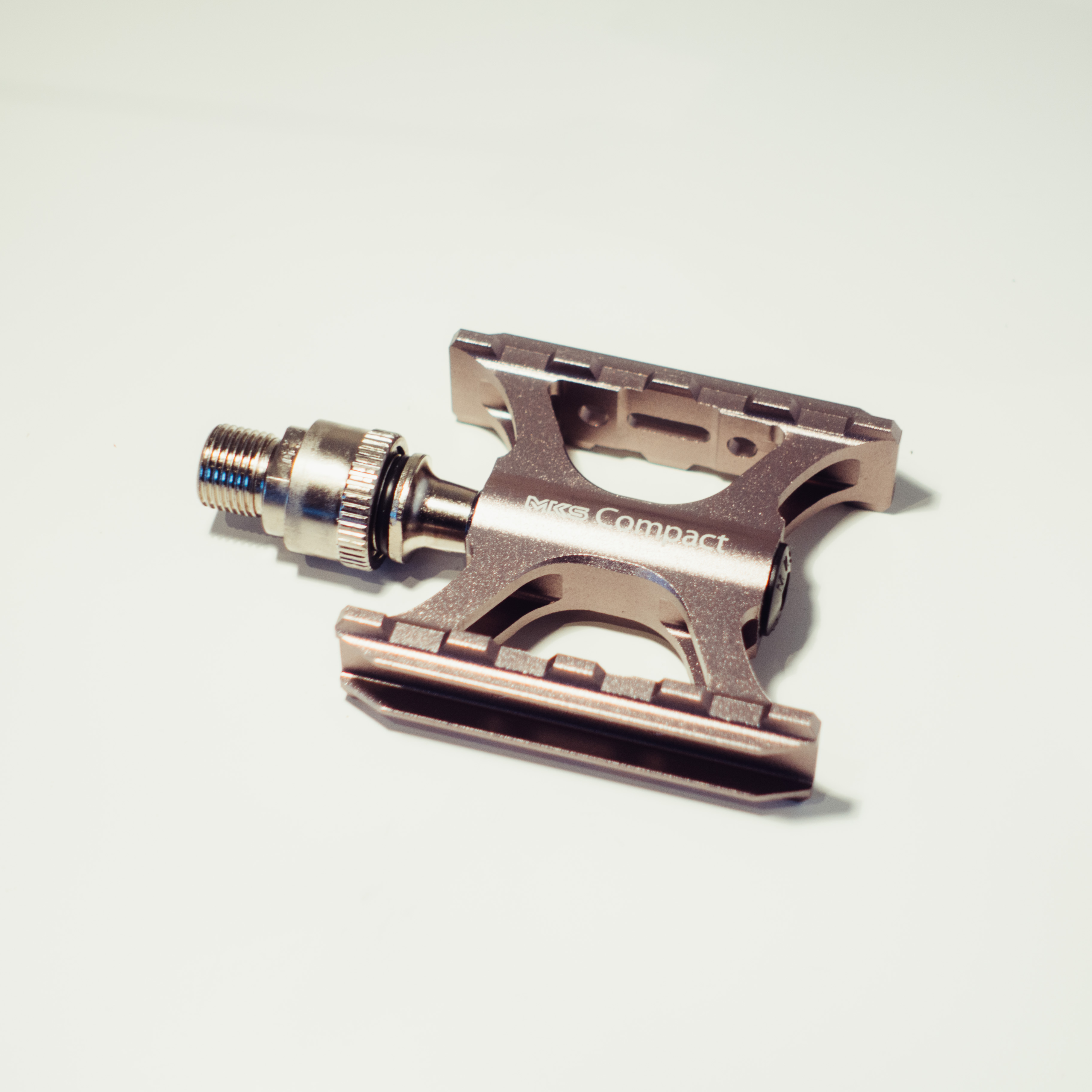
➕ Removable pedal body
➕ Better than Brompton pedals
➖ Still small
If you've ever ridden a Brompton (or any folding bike), it's likely that the pedals are pretty terrible. The fact that one side folds away and has a different Q factor than the other has always bugged me. Thankfully, the Compact Ezy from Japanese brand MKS offers a pedal that's a little better than the standard Brompton offering but with a removable body. Simply clip the pedals off the axles when it is time to fold your bike away and pop them in the included drawstring bag. No more Q factor annoyances, and smoother bearings too - MKS are some of the best in the business.
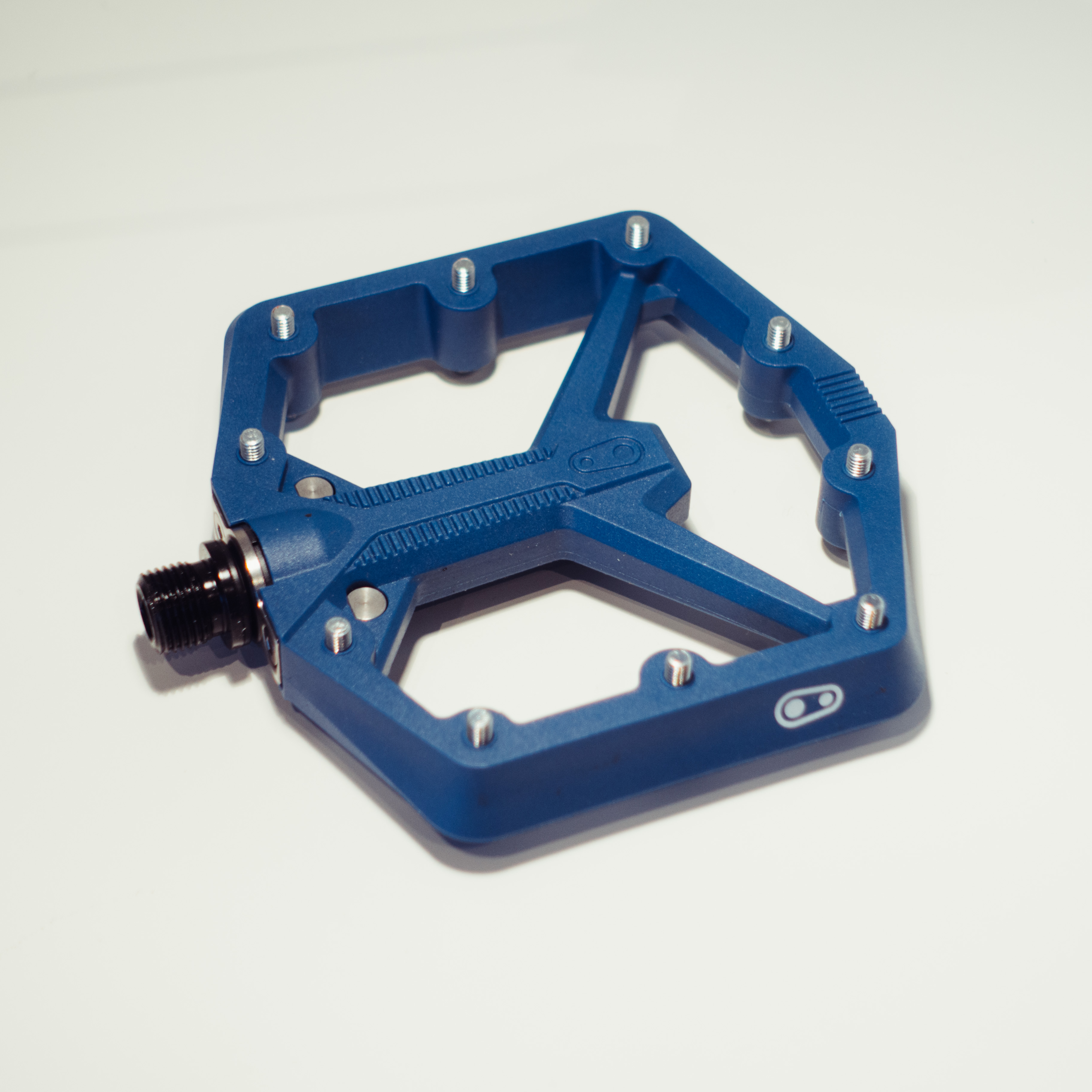
➕ Low profile body
➕ Tiered performance
➖ Not the kindest to shoes
Large and available in a variety of colours, the Stamp features ten widely spaced pins to keep your foot secure. It's a staple of mine whenever I need a reliable flat pedal, and I've been very happy using both the entry-level '1' and the premium '7' models. What really stands out to me is their low profile
Clipless pedal systems talk about getting a low stack height, and the same benefits (claimed improvements in pedalling efficiency and stability) can be had with a low-profile flat pedal. For general use, I'd suggest the entry-level '1' is more than enough, unless you have a particular want for an alloy body.
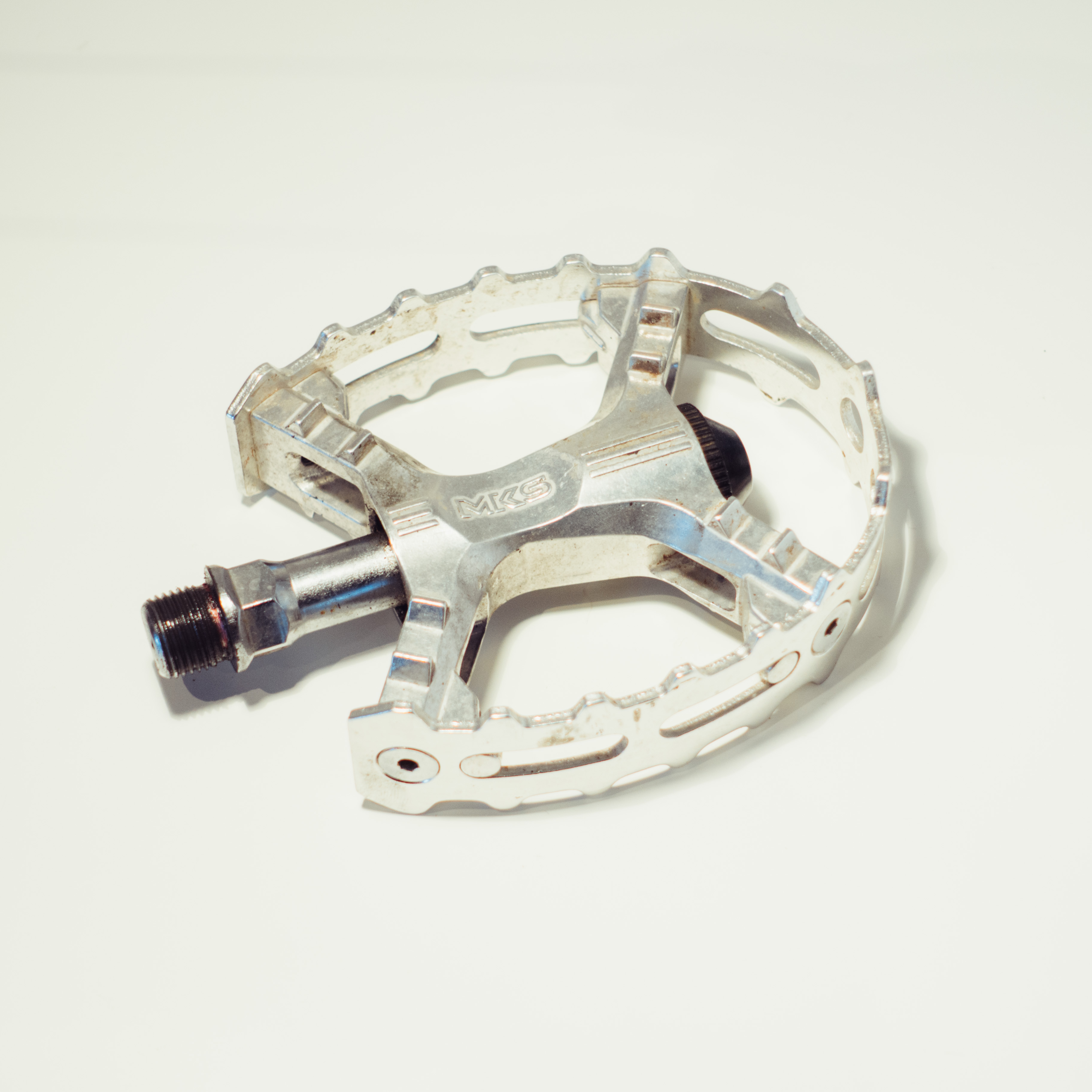
➕ Looks cool
➖ Not as grippy as modern pedals
Looks count too and choosing bike tech- purely on its aesthetic value is entirely valid. I run these modern remakes of classic beartrap pedals on my vintage-inspired all-road bike simply because they look the part.
At (W) 100mm x (L) 90mm, the wide platform provides plenty of grip and a super stable feel. The MKS bearings are top-quality too. While they don't perform quite as well as modern platform pedals and are slightly heavier, I rate these for the overall vibe and aesthetic.
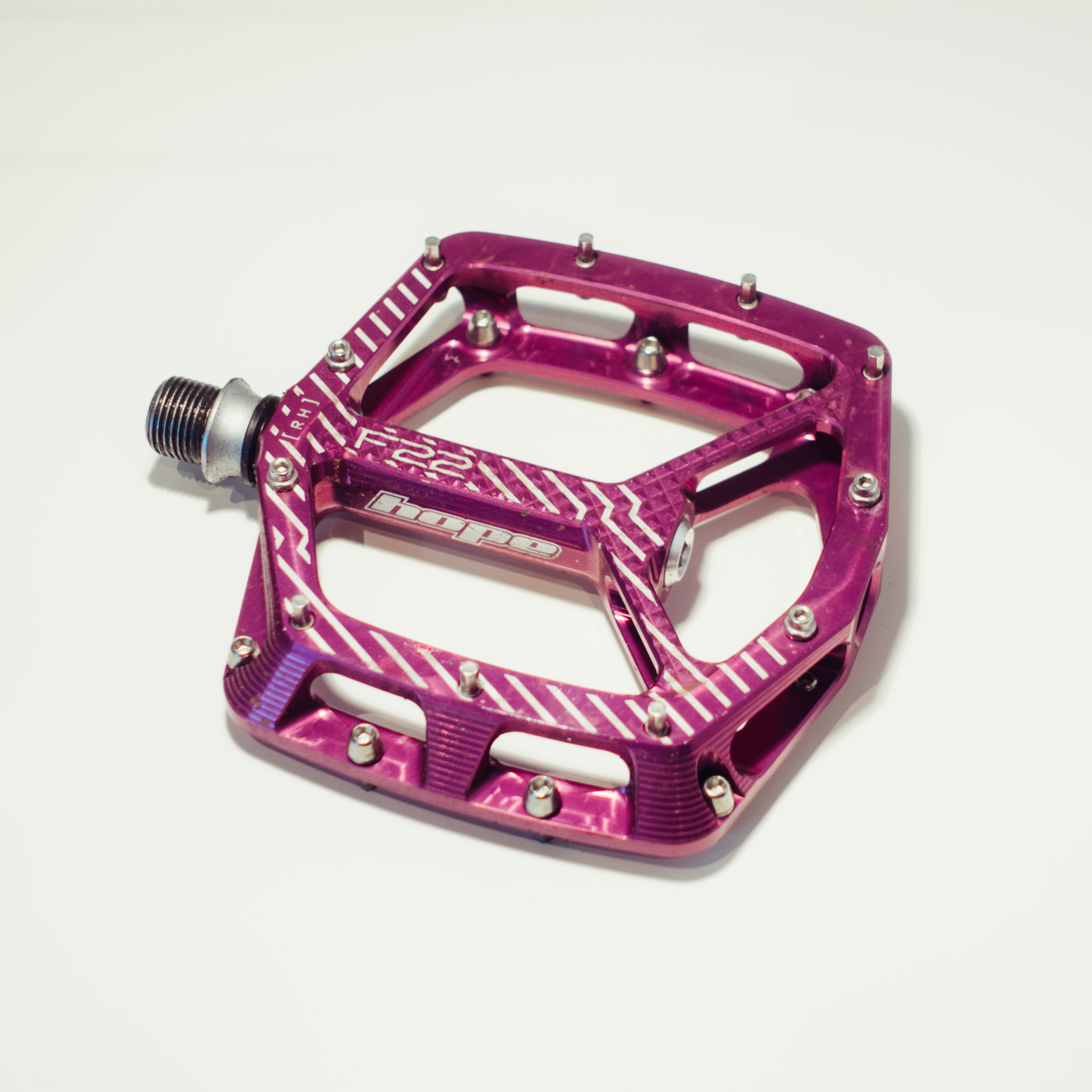
➕ Beautifully machined
➕ Super-adjustable pins
➖ Install pins yourself
The Hope F22 is very similar in shape to the body of the DMR V6, except it sits at the other end of the commercial spectrum. The F22 has one of the higher RRPs in this guide, but the quality of the machining is beautiful. The pins can be easily adjusted using a bag of included wasters to adjust the height—I'd suggest setting them low, as the taller setting is a little vicious. They're a little chunky compared to the Stamps, and you do have to install all the pins yourself, but they have the most 'built to last' feel of any on this list.
Last updated on 21st February 2025 This guide was updated on 21st February 2025 to ensure all flat road bike pedals featured in the guide are current and available. Product descriptions and specifications were tweaked to stay concise and up-to-date. Further detail was added to the 'How to choose' and 'How we test' sections.
How to choose the best flat pedals for road bikes
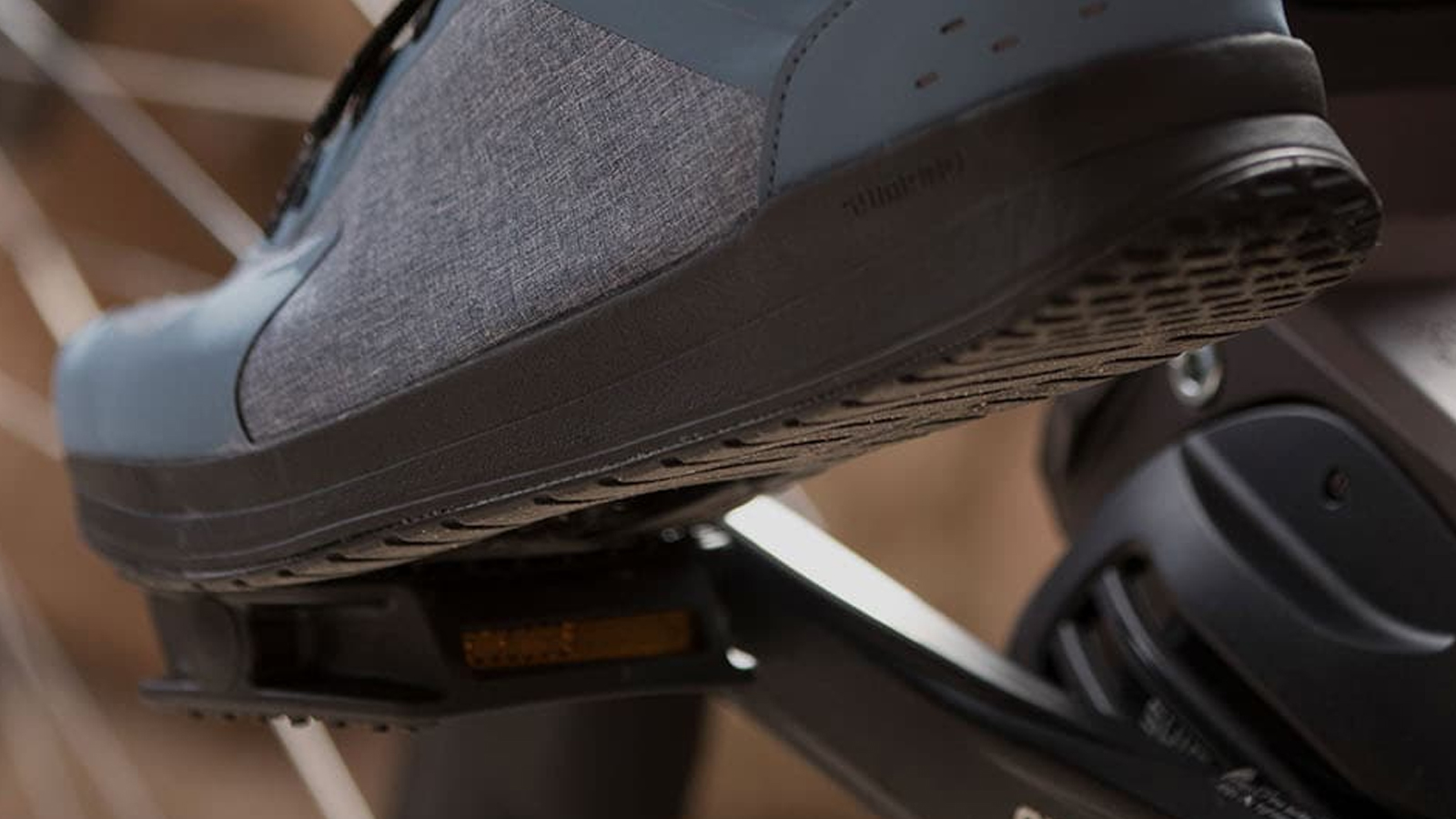
Still unsure? Fear not. We've done our best to answer frequently asked questions surrounding flat pedals on road bikes.
If you're more focused on commuting than chasing top performance, any of the pedals above will serve you well. However, if you're looking to maximise speed without committing to clipless pedals, you'll need to choose more carefully.
What size pedals do I need?
Put simply, bigger pedals provide a bigger platform and therefore offer increased stability and grip. If you have small feet, bigger pedals can feel cumbersome—consider the Crank Brothers Stamp or the OneUp Composite pedals instead.
On the flip side, if you've got very large feet look for something in the bigger size, a standard Stamp or the Catalyst for example. If you're bang average like me then most flat pedals will be roughly the right size.
Is it OK to use flat pedals on a road bike?
Absolutely, though it's not necessarily the norm. Road cyclists tend to clip into their bikes for greater efficiency, and the ability to pull up on the pedals on tricky climbs offers an advantage. But those systems aren't for everyone. They mean you have to wear dedicated shoes every time you ride unless you have a double-sided set like some of those above.
What type of shoes should I use with flat pedals?
The simple answer is flat shoes. But your pedalling will be more efficient and more comfortable if you have shoes designed for cycling, as they will have firmer soles.
The best commuter cycling shoes will fit the bill, although you could also consider gravel cycling shoes, just without using the cleat bolts. Some have a cover for the cleat bolts which you can just leave in place when riding with flat pedals.
Gravel cycling shoes also open the opportunity to convert to clipping into double-sided gravel bike pedals in future. These aren't so hard to use as single-sided road bike clipless pedals and the shoes are much easier to walk in, even with cleats fitted.
Are flat pedals slower?
It's not so much a case of being slower, but rather the standard claim is that clipless systems are around 30% more efficient. This received wisdom isn't necessarily totally true, but there is a reason you don't see any pro riders using flat pedals. That being said, if you're not hunting KOM/QOMs and want some added versatility, then the moderate sacrifice in efficiency may well be a small price to pay for a more useable bike and easier walking.
What are flat pedals good for?
While clipping in has advantages, flat pedals allow you to put your foot down more easily, adjust your foot placement, and wear all kinds of different (not cycling-specific) footwear. They're also much more handy if you regularly get off and walk, as standard shoes are just better designed for walking than cycling shoes are.
How do we test flat road bike pedals?
I tested all 12 of these pedals on my road bike. For the purposes of this guide, I chose to test these pedals cycling around town with different shoes and occasionally on different commuter bikes. Nothing tests out a pedal's grip like a rainy ride without mudguards! Of course, testing is the backbone of the tech department at Cyclingnews and how we test is taken seriously, so read on to find out more
The latest race content, interviews, features, reviews and expert buying guides, direct to your inbox!

Will joined the Cyclingnews team as a reviews writer in 2022, having previously written for Cyclist, BikeRadar and Advntr. He’s tried his hand at most cycling disciplines, from the standard mix of road, gravel, and mountain bike, to the more unusual like bike polo and tracklocross. He’s made his own bike frames, covered tech news from the biggest races on the planet, and published countless premium galleries thanks to his excellent photographic eye. Also, given he doesn’t ever ride indoors he’s become a real expert on foul-weather riding gear. His collection of bikes is a real smorgasbord, with everything from vintage-style steel tourers through to superlight flat bar hill climb machines.
